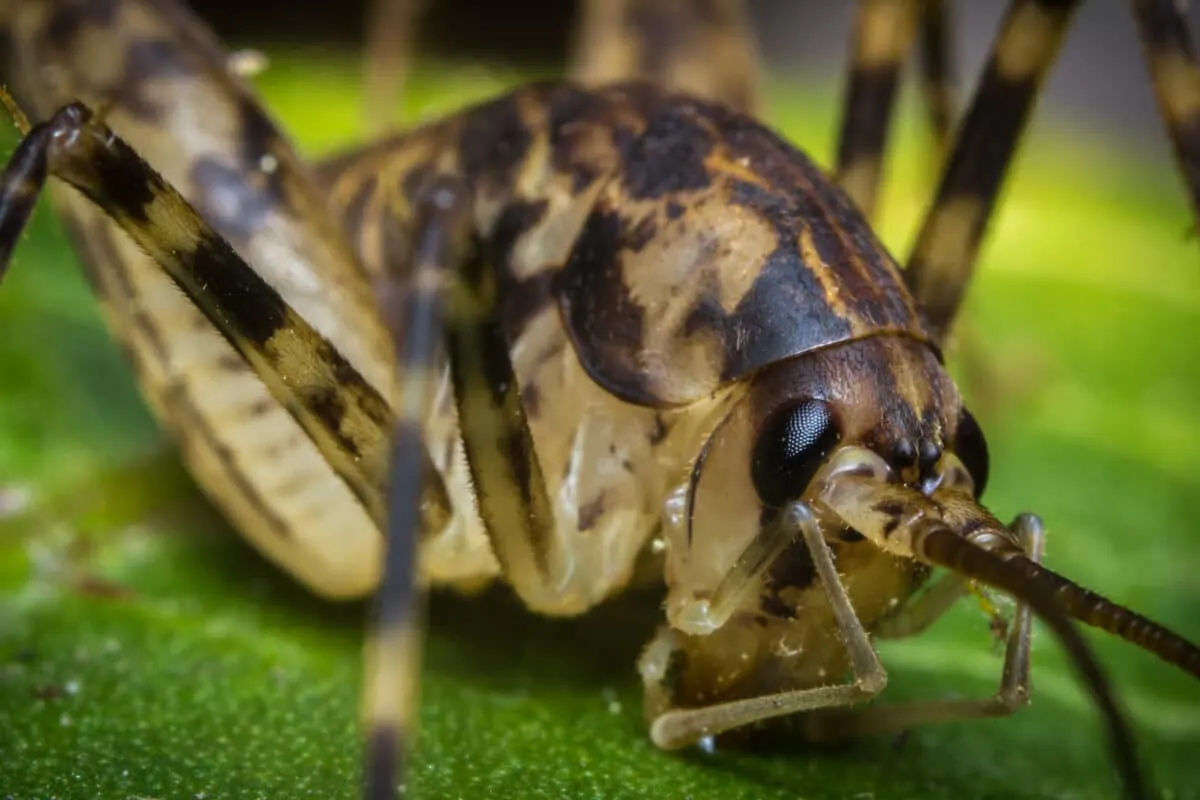The world’s heaviest insect is the Giant Weta – let’s get to know this humongous insect!
When it comes to record-breaking animals, it is usually the cuter ones that end up in the spotlight, whereas animals like insects tend to be overlooked. We’re here to fill you in on some amazing insect facts!

Christopher Stephens, CC BY-SA 4.0, via Wikimedia Commons
Are you curious about the world’s heaviest insect? Get ready to be amazed by the incredible giant Weta! This large flightless grass grub from New Zealand holds the record for being the heaviest insect on Earth, weighing up to a whopping 2,5 ounces – almost equal to three tablespoons of sugar!
Unlike many other insects, formidable size isn’t its only talent – these incredible species possess remarkable adaptations that allow them to survive on various islands of New Zealand.
In this guideline, let us look at this interesting creature and explore its unique abilities.
Key Points
- The Giant Weta, found in New Zealand, holds the record for being the world’s heaviest insect, weighing up to 2,5 ounces.
- This fascinating insect is endangered, and conservation efforts are underway to protect its population and habitat.
- The Giant Weta has remarkable adaptations, including camouflage, strong legs, and mandibles for cracking tough plant stalks.
- During winter months, they enter a dormant state if it’s too cold, reducing their metabolic rate and conserving energy
- To spot a Giant Weta in its natural habitat, search at night, look for hiding places, and be mindful of its importance to the ecosystem.
An Overview of the World’s Heaviest Insect
| Traits | Giant Weta |
|---|---|
| Weight | Up to 2.5 ounces (70 grams) |
| Length | Up to 4 inches (10 centimeters) |
| Diet | Herbivorous, primarily feeds on plants and fruit |
| Habitat | Native forests, shrublands of New Zealand |
| Endangerment | Varies depending on the species |
| Venomous | Non-venomous |
| Geographic Range | New Zealand |
What Is The Giant Weta and Where Is It Found?
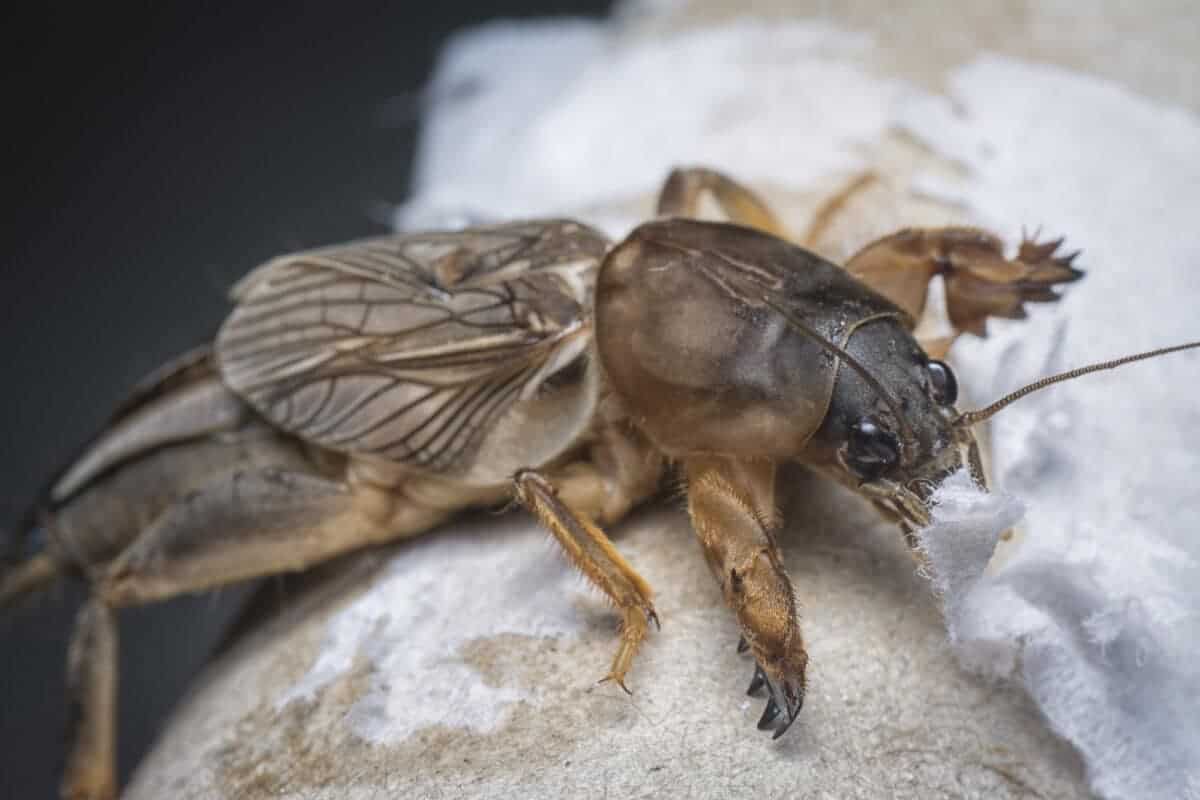
The Giant Weta is a fascinating insect that can leave anyone in awe. As the name suggests, this species of Weta is among the largest insects in the world, and it can grow to sizes that can be as large as a human hand. (Read about the largest goliath beetle ever discovered here.)
However, the Giant Weta is native to New Zealand, and different species of this insect are found in various habitats, from lowlands to mountain ranges. These insects are nocturnal creatures hiding in caves, under leaves, or tree trunks during the day.
Regrettably, the Giant Weta is an endangered species, and ongoing conservation efforts are underway to preserve its population. With its giant size and rarity, the Giant Weta is undoubtedly a remarkable insect one should strive to encounter while exploring New Zealand’s natural beauty.
Another record-breaking insect is the Dragonfly; find out more here.
Characteristics of Giant Weta
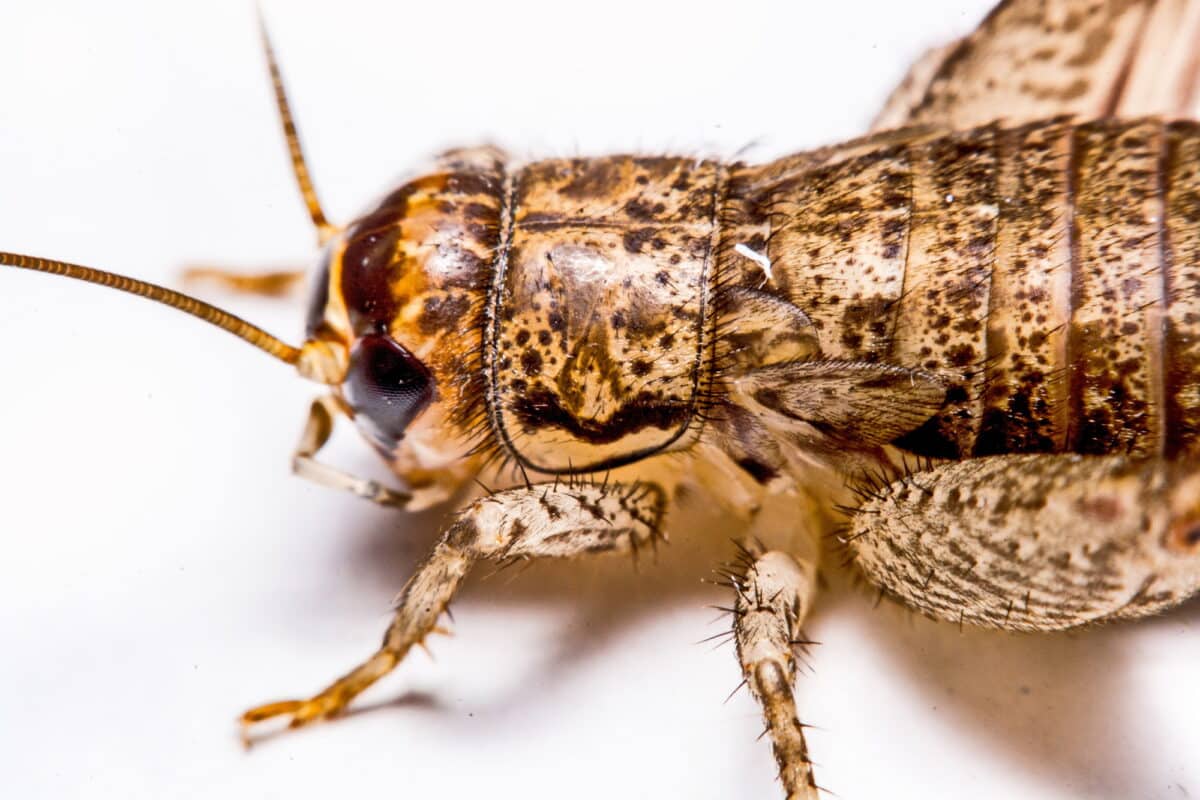
Size and Appearance
Giant Weta is a remarkable insect known for its size and appearance. As the name suggests, they are truly gigantic compared to other insects. They are one of the heaviest insects in the world and can grow up to around 4 inches long and weigh 2,5 ounces. With their stout bodies and long, spiky legs, they may look quite intimidating, but they are harmless to humans.
Habitat
These fascinating creatures are native to New Zealand, where they inhabit various environments such as forests, grasslands, and shrublands. They prefer areas with lots of vegetation where they can find food and shelter. Giant Weta are mainly nocturnal, which means they are most active during the night.
Diet
Giant Weta are herbivorous insects, meaning they feed on plant matter. They have a particular fondness for leaves, fruits, and flowers. In their natural habitat, they can be found munching on plants and foraging for their next meal.
Behavior
Despite their large size, Giant Weta are generally docile creatures. They move slowly and are not particularly agile, which is why they often rely on camouflage to protect themselves from predators. They have excellent camouflage skills and can blend in with their surroundings, making it difficult for predators to spot them.
Reproduction
Giant Wetas have an interesting reproductive cycle. The females lay their eggs in burrows or crevices in the ground, where they are protected from potential harm. After hatching, the young Giant Weta undergo several stages of growth, shedding their exoskeletons as they develop into adults.
Adaptations of the Giant Weta
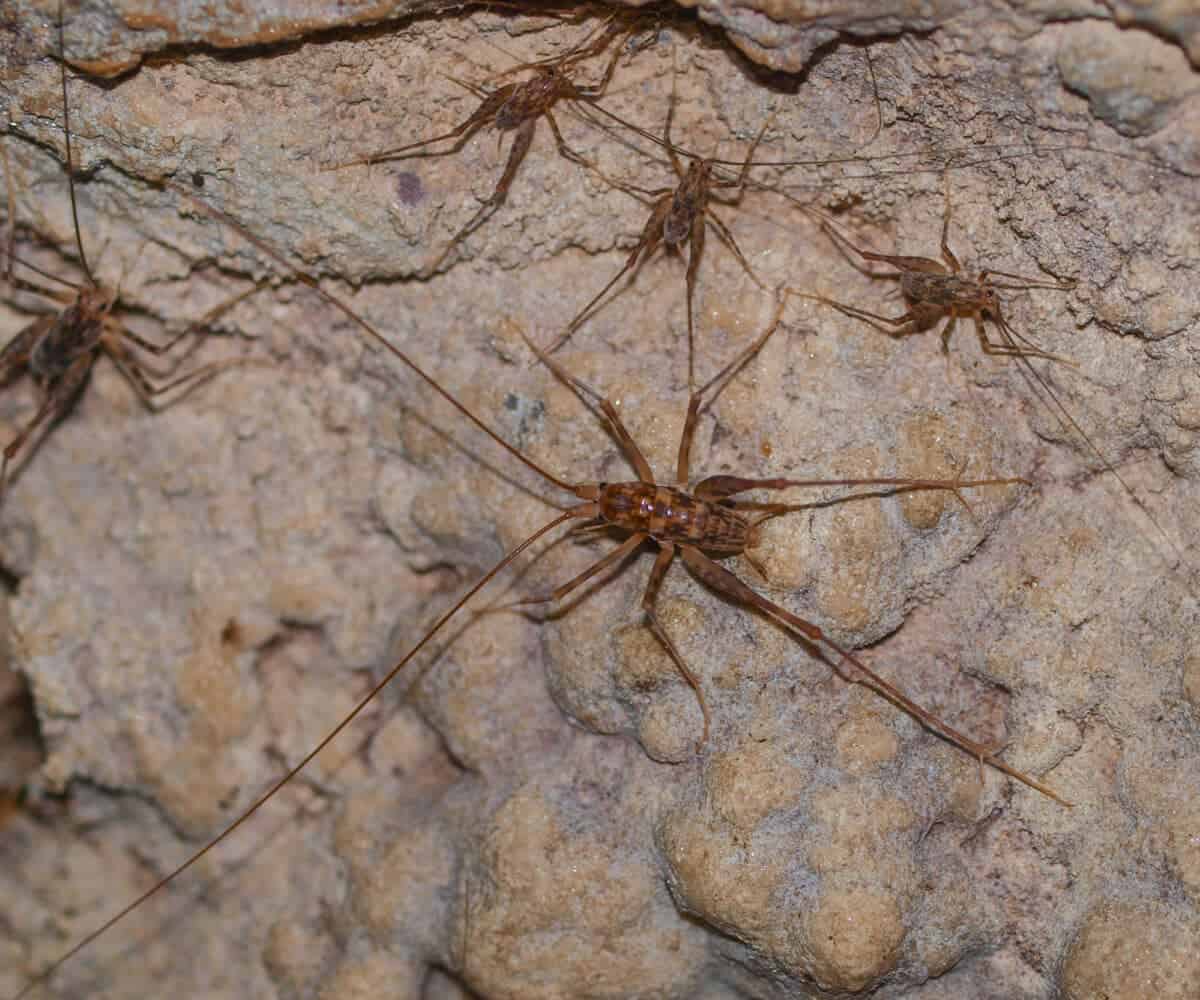
The Giant Weta is a fascinating creature with unique adaptations that help it thrive in its specific environment. For starters, they have developed exceptional camouflage skills, effortlessly blending into their environment to escape predators.
These massive insects are found on New Zealand’s offshore islands and boast incredible strength thanks to their robust legs and large size. Despite their hefty size, Giant Weta possesses powerful hind legs that allow them to jump significant distances when threatened. This sudden burst of movement can startle predators and allow the Weta to escape.
The Giant Weta’s antennae detect predators and prey, while their strong mandibles can easily crack open tough plant stalks to find food.
To survive in colder environments, they have adapted to cope with low temperatures. They enter a dormant state during winter months, reducing their metabolic rate and conserving energy until warmer conditions return.
Overall, the Giant Weta’s unique adaptations allow them to survive and thrive in a challenging environment, making them an incredible example of evolution at work.
Habitat Preservation and Conservation Efforts For the Giant Weta
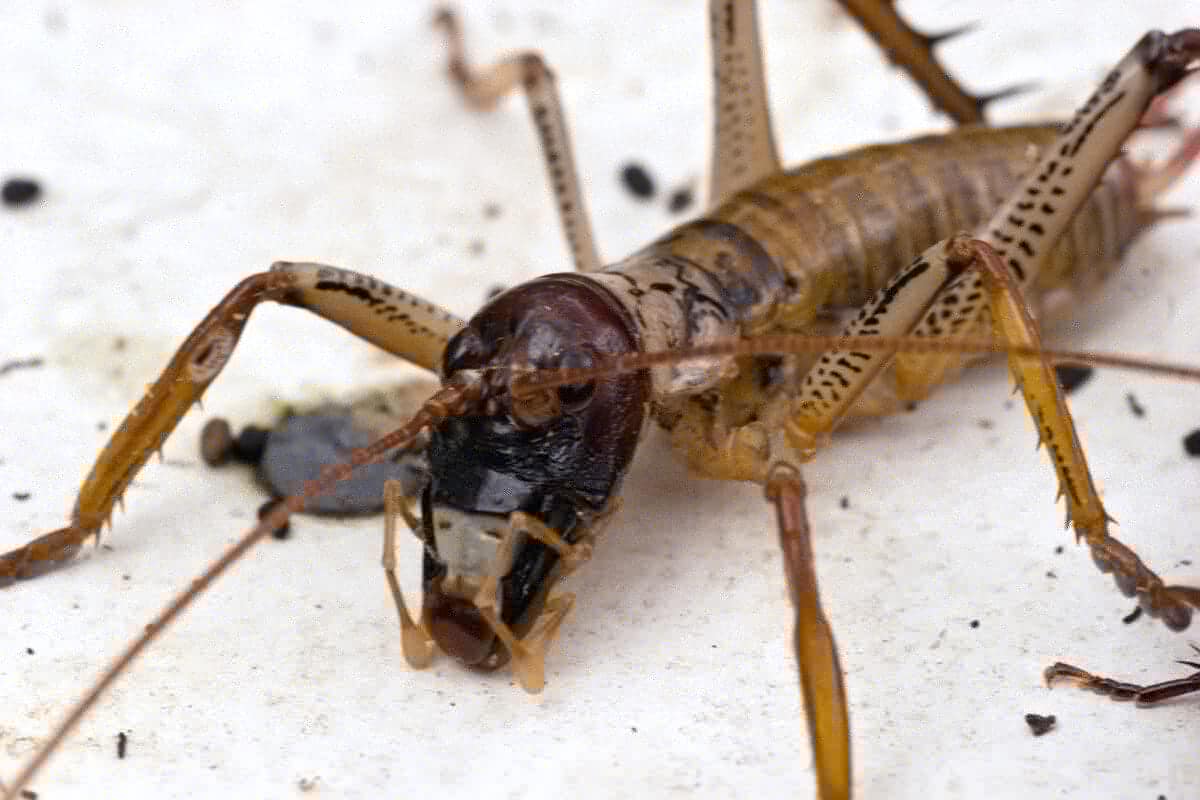
Habitat preservation and conservation efforts for the Giant Weta, the largest insect in the world, have been underway in recent years. These endeavors’ achievements have played a vital role in safeguarding the species from the brink of extinction.
The Giant Weta inhabits shrublands, forests, and grasslands on various islands of New Zealand and is threatened by habitat loss and invasive species. To combat these threats, conservationists have established sanctuaries and reintroduction programs for the insect, planting native vegetation and actively managing predator populations.
Education and awareness initiatives have also encouraged the public to support conservation efforts for this unique and important species. As a result, the Giant Weta’s population has begun to stabilize, offering hope for future generations to witness one of nature’s most fascinating creatures.
How To Spot a Giant Weta In Its Natural Habitat
The giant Weta is one of New Zealand’s most fascinating creatures, and spotting one in its natural habitat is a thrilling experience. While they can often be difficult to find, there are several key signs to look out for when trying to locate them. These nocturnal insects hide out during the day, so searching for them at night might increase your chances of success.
Keep an eye out for holes or crevices in rocks, trees, or the ground, as these are common hiding places for Giant Wetas. You may also notice droppings or gnawed plant matter nearby, indicating the presence of a weta. If you’re lucky enough to spot one, do not disturb it, as these gentle giants are important contributors to New Zealand’s ecosystem.
What To Do If You Find a Giant Weta In Your Home
If you encounter a giant weta, it is important to remain calm and handle the situation carefully. These prehistoric-looking insects that are native to New Zealand may look intimidating but pose absolutely no harm. The first step is not to panic. Avoid the Weta by covering it with a container or placing a towel.
Then, call your local wildlife or pest control service to have it removed. It is important not to handle the Weta as they can be vulnerable to damage and may bite if they feel threatened. Remember, these creatures are a rare and fascinating part of New Zealand’s wildlife, so let the professionals handle them with the respect they deserve.
Wrapping Up
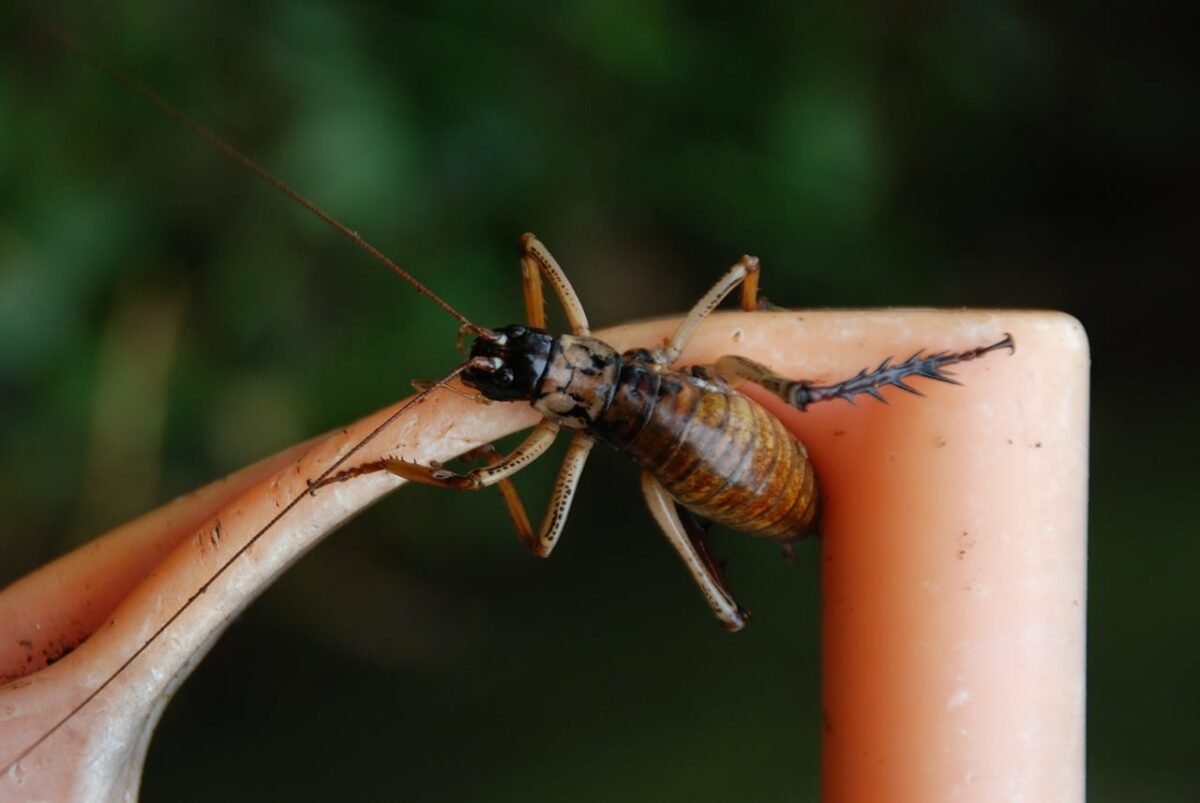
The Giant Weta is an incredible species that captures our admiration with its astonishing size and ability to survive in harsh climates. Despite being up to 6 times larger than their other insect cousins, they make amazing efforts to blend in with their surroundings, allowing them to evade predators.
There is still much more to learn about this impressive creature, and we hope you have enjoyed discovering some of its outstanding qualities with us. As conservationists, we must protect the Giant Weta’s precious habitat so future generations can explore its mysteries.
Thank you for reading this article! Now that you know about the heaviest insect click here to find out about the most aggressive insect. Alternatively, uncover the world of sandfleas here.
Join our Forum for free today!


